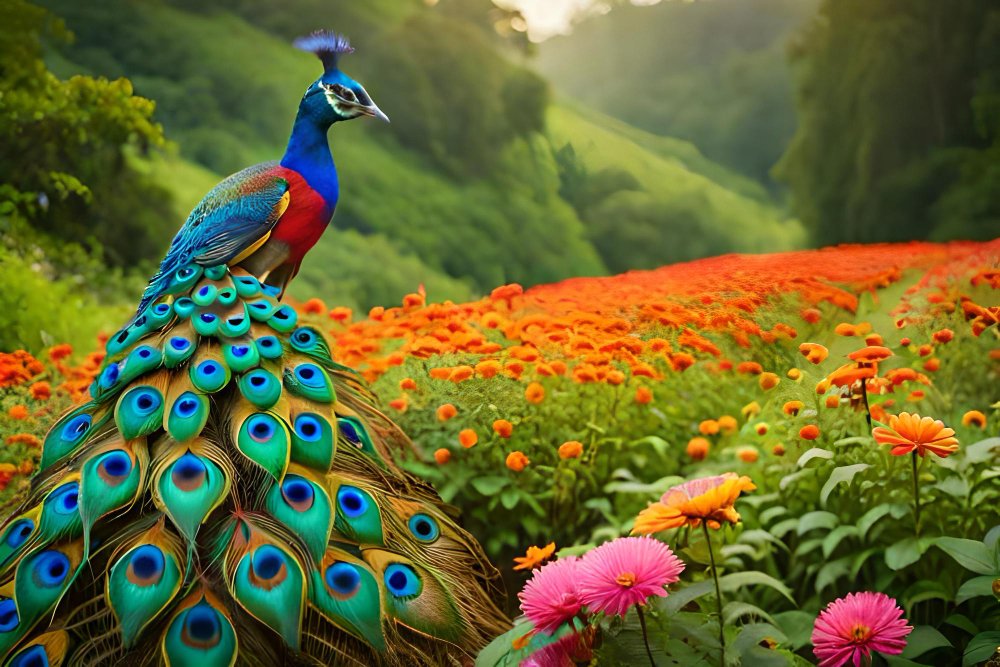Understanding Chagaras: Mysteries, Significance, and Future Research
Chagaras are mysterious creatures that have captured the interest of many people. Even though they are not widely known, they hold significant importance in various cultures and scientific studies. This article will explain the history, biology, cultural significance, and scientific research related to Chagaras. By the end, you will have a thorough understanding of these fascinating beings.
History of Chagaras
Early Mentions in Folklore
Chagaras have been part of human history for centuries. They often appear in folklore and ancient texts. In many cultures, Chagaras were seen as mystical creatures with special powers. For example, ancient tribes in South America believed Chagaras were guardians of the forest who could communicate with nature’s spirits. These early mentions help us understand how people historically viewed Chagaras.
Archaeological Discoveries
Archaeological findings have provided significant evidence about Chagaras’ existence and importance in ancient civilizations. Artifacts like pottery, sculptures, and cave paintings often show Chagaras, indicating their role in rituals and daily life. For instance, cave paintings found in the Amazon basin depict Chagaras alongside human figures, suggesting a close relationship between them.
Biological and Ecological Aspects of Chagaras
Classification and Species
Chagaras belong to a unique group of organisms. Scientists have debated their precise classification, but they are generally considered a type of invertebrate. Chagaras include several species, each with distinct characteristics. Some common species are Chagara mysticus, known for its iridescent colors, and Chagara subterraneus, which lives underground.
Habitat and Distribution
Chagaras are mainly found in tropical and subtropical regions, especially in South American rainforests. They prefer dense foliage, moist environments, and areas with a lot of organic matter. The presence of Chagaras is closely linked to factors like climate, vegetation, and soil type. Understanding these habitats is essential for conservation efforts.
Behavior and Survival
Chagaras exhibit fascinating behaviors. They have complex social structures and unique ways of communicating. Chagaras also have diverse mating rituals and feeding habits, ranging from herbivorous to omnivorous diets. These behaviors help them survive and adapt to different environments.
Cultural Significance of Chagaras
Symbolism in Art and Literature
Throughout history, Chagaras have been important symbols in art and literature. They often represent resilience, transformation, and mystery. Many artists have depicted Chagaras in their works to convey deeper meanings. In literature, Chagaras frequently appear in myths and legends as magical creatures with extraordinary abilities.
Role in Traditional Medicine
In several cultures, Chagaras have been used in traditional medicine due to their perceived healing properties. Indigenous tribes in the Amazon, for example, use extracts from Chagara species to treat various ailments. These traditional practices highlight the integral role of Chagaras in community health.
Modern Cultural References
Chagaras have entered popular culture in modern times, appearing in movies, books, and video games. These references often blend scientific facts with imaginative storytelling, maintaining the intrigue around Chagaras. Such portrayals contribute to broader awareness and appreciation of these unique creatures.
Scientific Research on Chagaras
Recent Studies and Findings
Scientific research on Chagaras has increased significantly in recent years. Studies have focused on their physiology, genetic makeup, and ecological impact. Recent findings have revealed interesting details about the regenerative abilities of certain Chagara species, which could have potential applications in medical research.
Conservation Efforts
With growing awareness of environmental issues, efforts to conserve Chagaras have gained momentum. These initiatives aim to protect their natural habitats and ensure the survival of various Chagara species. Conservation programs often involve collaboration between scientists, local communities, and international organizations.
Future Research Prospects
The future of Chagara research holds promising prospects. Advancements in technology and scientific methods will uncover more about these fascinating creatures. Areas like genetic engineering, environmental science, and ethology are expected to benefit from ongoing and future studies on Chagaras. Continued research will enhance our understanding and lead to innovative applications.
Conclusion
Chagaras are remarkable creatures with a rich history, biological diversity, and cultural significance. They have been part of ancient folklore, art, and modern science, highlighting their multifaceted importance. As we continue to explore and understand Chagaras, it is crucial to recognize and preserve their natural habitats. This guide serves as a testament to the enduring mystery and significance of Chagaras, inviting further curiosity and research into their world.






